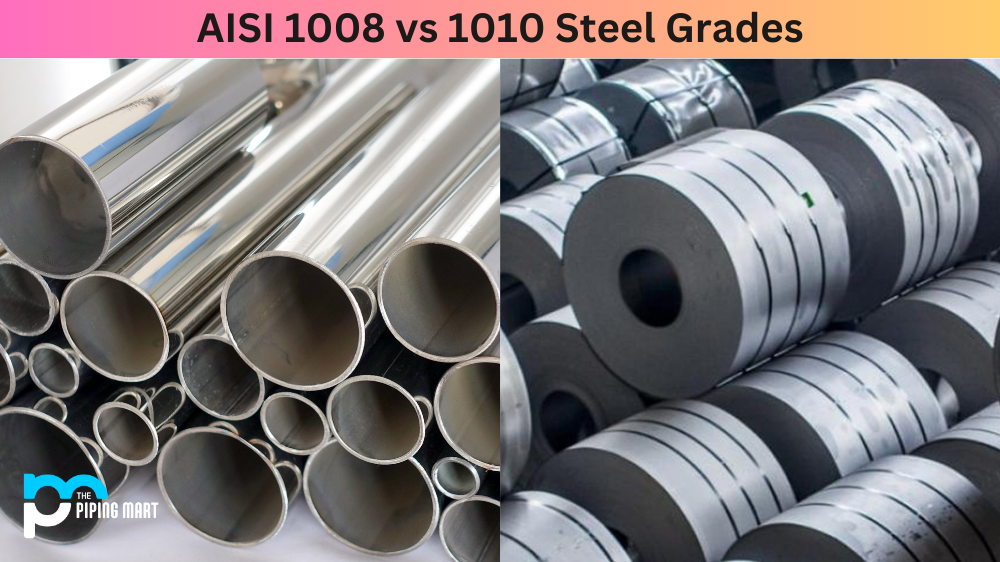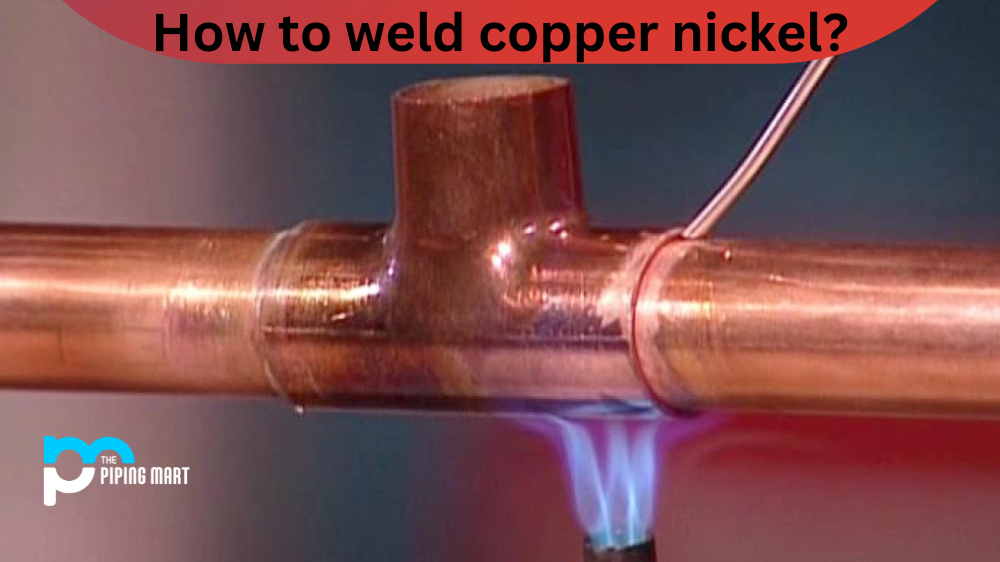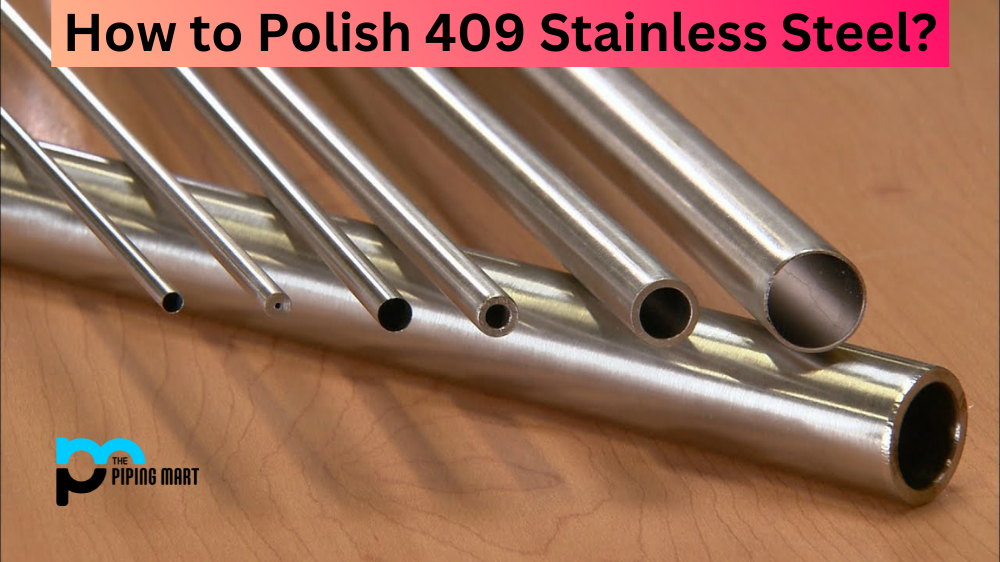Steel is an essential material in the industrial and manufacturing sectors. Its durability, strength, and versatility make it ideal for constructing various structures and producing various products. Steel can be categorized according to different grades based on multiple factors such as chemical composition, strength, and applications. Among the qualities of steel are AISI 1008 and AISI 1010. This article delves into these two types of steel and their differences, so you can better understand which one suits your particular needs.
Difference Between AISI 1008 and 1010 Steel Grades
Composition
AISI 1008 and AISI 1010 are both low-carbon steels with similar chemical compositions. They are mainly composed of iron and carbon, with some other minor elements. The primary difference between them is in their carbon content. AISI 1008 has a carbon content of 0.10%, while AISI 1010 has a slightly higher carbon content at 0.14%. This subtle difference in composition affects these steels’ physical and mechanical properties.
Properties
The properties of steel play a significant role in its applications. AISI 1008 has a relatively low tensile strength, making it ideal for low-stress applications. It is more ductile than its AISI 1010 counterpart. As a result of its flexibility, AISI 1008 can be easily formed into various shapes, making it ideal for applications such as wire developing or sheet metal manufacturing. On the other hand, AISI 1010 has a higher tensile strength and is more suitable for high-stress applications such as structural components or shafts.
Applications
Both AISI 1008 and AISI 1010 have many applications, some overlapping. AISI 1008 is mainly used for low-stress applications such as wire mesh, nails, and staples or components in appliances and electronics. AISI 1010 is commonly used in high-stress applications such as gears, axles, crankshafts, connecting rods in vehicles and equipment, and pipes, tubes, and structural components.
Machinability
Machinability is one of the essential properties of steel grades. It refers to the ease of cutting, shaping, or drilling the material. AISI 1010 is generally considered to have better machinability than AISI 1008 due to its higher carbon content. Higher carbon content increases strength but reduces the steel’s flexibility, increasing its difficulty in forming. This makes AISI 1008 more challenging to machine than AISI 1010 but also more malleable.
Weldability
Weldability refers to the ability of a material to form a weld where two pieces of steel are joined. AISI 1008 and AISI 1010 can be welded readily using all conventional welding methods. The lower carbon content of AISI 1008 makes it more forgiving in welding and less prone to causing weld cracking than AISI 1010.
Strength
AISI 1008 has a lower carbon content than AISI 1010, which gives it better weldability but lower strength. AISI 1010 has a higher carbon content than AISI 1008, which gives it higher strength but lower weldability.
Cost
Another essential difference to consider is cost. AISI 1008 is typically cheaper than AISI 1010 because it contains less carbon. However, both materials are relatively affordable compared to other types of steel.
Conclusion
To summarise, AISI 1008 and AISI 1010 are similar yet different steel grades. While they share typical applications, their specific properties make them better suited for certain purposes. AISI 1008 is low-stress steel with increased flexibility, easily formed, and excellent for creating sheet metal, wire mesh, and nails. AISI 1010, on the other hand, is high-stress steel used in creating structural components, gears, and other high-stress items. When choosing between the two grades, consider the specific requirements of your application and select the one with the desired properties. In general, it always helps to consult with a professional metal supplier to ensure you acquire the correct type of steel for the job at hand.

A passionate metal industry expert and blogger. With over 5 years of experience in the field, Palak brings a wealth of knowledge and insight to her writing. Whether discussing the latest trends in the metal industry or sharing tips, she is dedicated to helping others succeed in the metal industry.




